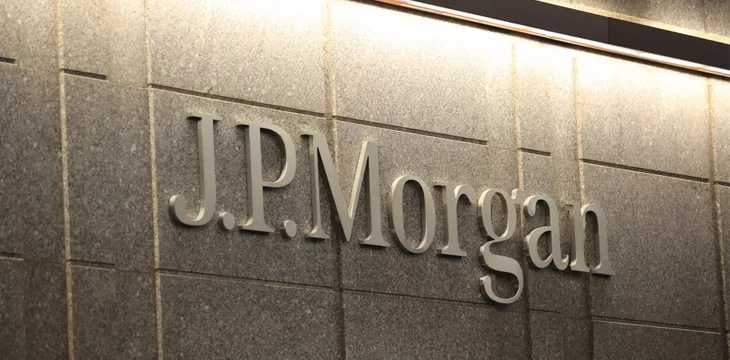10 things to know about blockchain based ‘Digital Rupee’ backed by RBI

By Bharat Patel
Given the latest developments in technology and its influence on the economic structure of the country, the RBI has rolled out the country’s own digital currency, the ‘Digital Rupee’. The profitable decision comes after the government’s assessment of the rise in blockchain technology and the worldwide implementation of digital currency.
The development of technology-enabled digital payment services has helped the growth of smarter and safer ways to transfer funds. The current phase of innovative revolutions is being driven by Blockchain, a technology that has innovated disruptions in the financial market at fundamental levels. What is Digital Rupee? And will it replace physical currencies in the future?
Here are the top 10 things you should know about “Digital Rupee”.
1. The concept of the digital version of the Indian rupee was proposed way back in January 2017. The RBI started evaluating the pros and cons of the digital rupee and it took about 5 years to reach an adequate conclusion in the financial year 2022-23.
2. Digital Rupee has been rolled out on a pilot basis with an effective date of November 1, 2022. RBI mentioned that the main motivation for introducing digital currency was to reduce the current operational costs and bring resilience, efficiency and technological scalability.
3. Digital currency is not a cryptocurrency, but cryptocurrency falls under the category of digital currency. The rollout of digital currency was a crucial step to meet the growing phase of private cryptocurrencies. The only difference is that Digital Rupee is monitored, controlled and managed by governing bodies that implement certain sets of rules and regulations.
4. Digital Rupee is backed by blockchain technology which will help increase efficiency and transparency. Blockchain technology establishes a system of networks where all asset transactions are monitored, and information privacy at both ends is maintained. It is difficult to change the information since it uses a hash code development method. This means that in blockchain the blocks of data are related to an asset or series of assets in the form of a chain, each chain of blocks has a complex integer associated with it which is immutable and cannot be changed without specific permission from the source or end source.
5. One of the biggest advantages of operating with digital currency is that it makes cross-border payments easier to make. Digital currency will positively affect the non-commercial transfer of funds between economies by reducing the transaction fee between two foreign parties. These non-profit foundations have been the biggest drivers of economic development in many countries.
6. One of the beneficial features of blockchain is that it is a highly secure and sustainable financial system that enables digitization of paperwork, records and other documents related to the financial sectors of the country without compromise.
Moving the entire financial ecosystem to a digital platform brings scalability, and the UPI payment transaction applications are a prime example of this. Therefore, it will make commerce easy, eliminate cybercriminal activities that disrupt our economic growth, and act as a big red book of monetary records for business organizations that focus on profit rather than socio-economic goals.
7. India spends a lot of resources on printing money in the form of coins and paper. By using digital currency to its fullest extent, the government will be able to save nearly 4000 crores in operational costs.
8. A huge advantage is that the digital currencies you possess are equivalent to a physical currency such as cash or coin, and you can therefore exchange them. However, these digital transactions require internet connectivity and digital devices such as smartphones, laptops and tablets, which currently pose the biggest challenge.
9. Digital Rupee will have two types of models, direct and indirect. The indirect model will follow all necessary compliance and regulations such as KYC, AML and CFT and will be governed by the central bank as well as by other independent intermediaries. The direct model which is also called a single layer model. In the single team
model, the central bank will play a decisive role as the financial body that determines whether an account holder is eligible to use the digital currency, determined only after a detailed authentication process. A simple difference between the two levels is that a single-tier central bank has more control over the entire operation.
10. Digital Rupee, also known as CBDC (Central Bank Digital Currencies), will have two categories, one is CBDC-R and the other is CBDC-W, where both R and W stand for Retail or General Purpose, and Wholesale respectively . CBDC-W will help financial institutions reduce transaction costs between the interbank markets, and
CBDC-R will serve as digital cash for buying and trading between the country’s individuals. Briefly, CBDC-R is for consumers and business organizations, and CBDC-W is for selected financial organizations governed by the country’s experts. “Digital currency can help create a fast, reliable and robust financial ecosystem that can utilize superlative technologies to their full potential. The change will surely benefit our country in terms of reducing operating costs, making global transactions with lower fees and establish a technology-enabled ecosystem.”
The author is co-founder and director, Yudiz Solutions Ltd.
Also read: How technology is changing as new banks and cryptocurrency plan to co-exist
Follow us on TwitterFacebook, LinkedIn
























